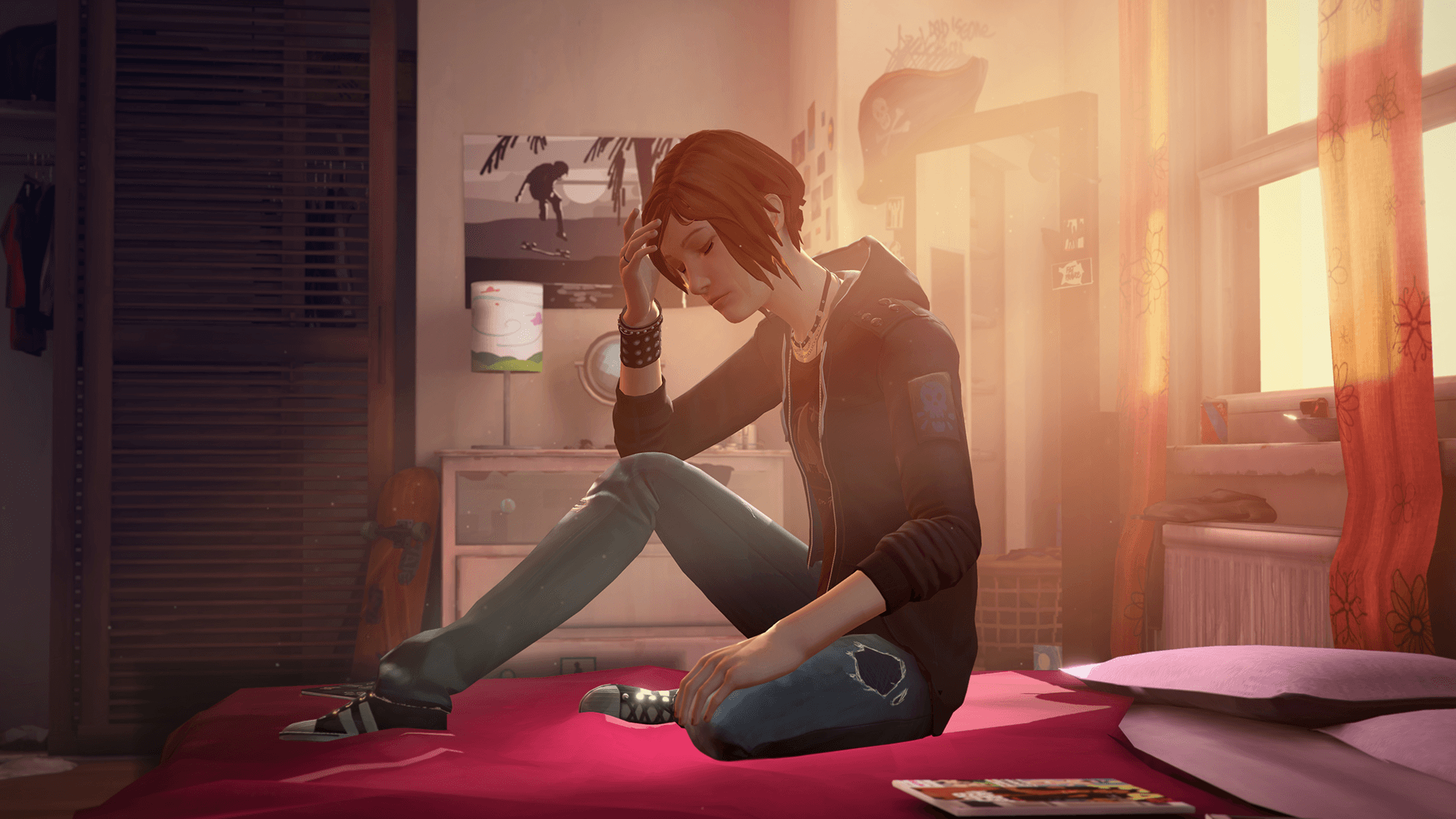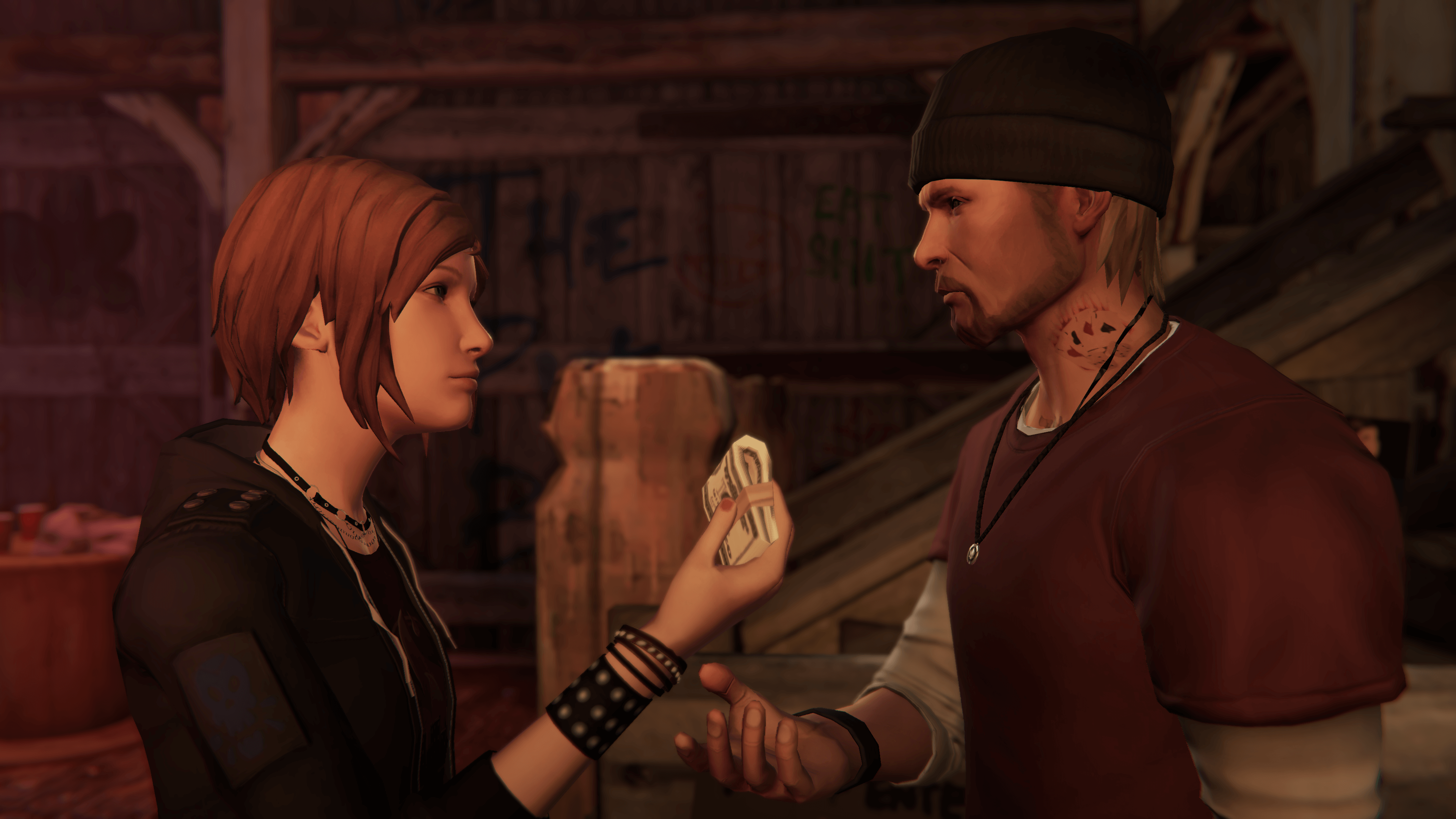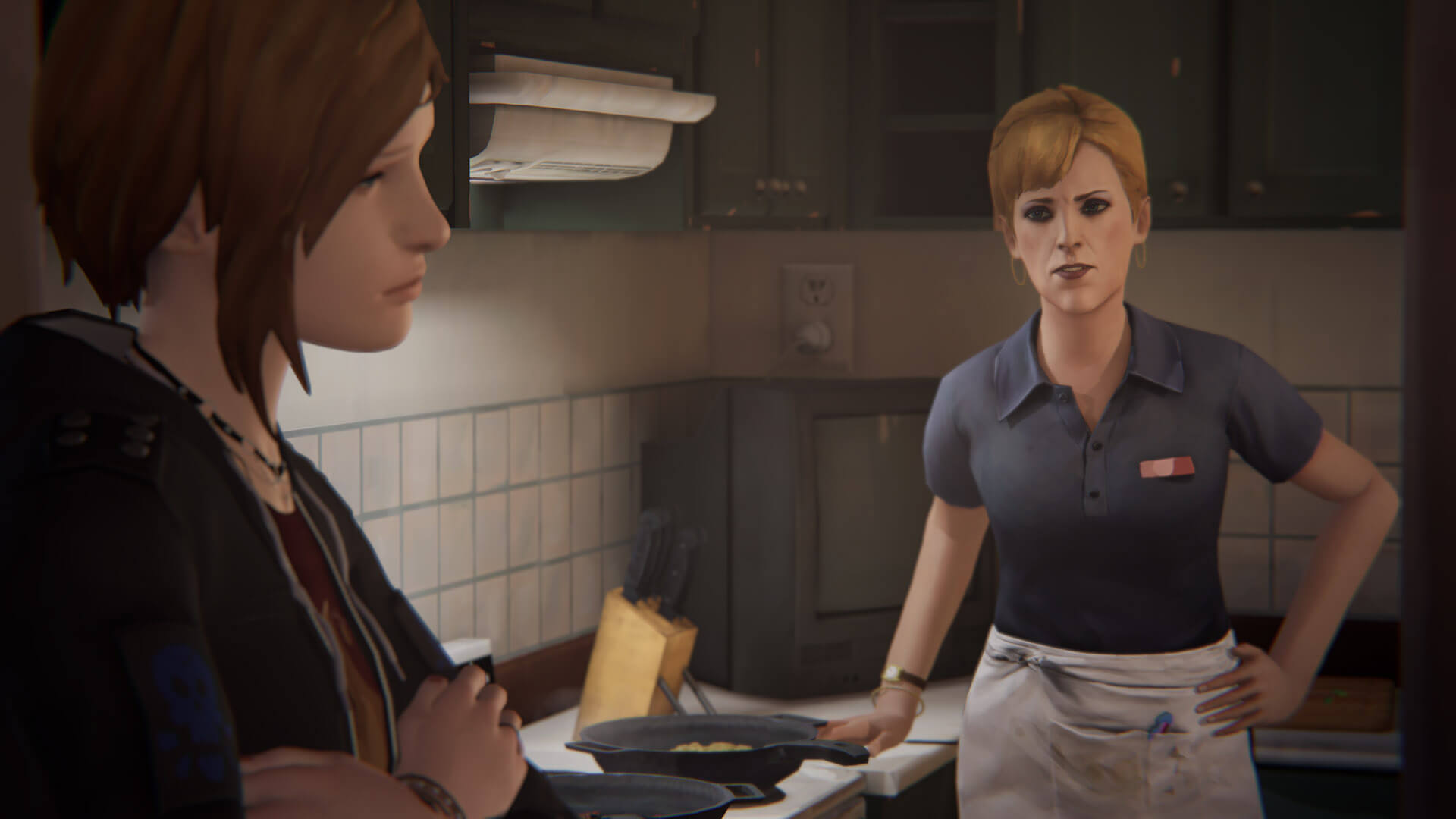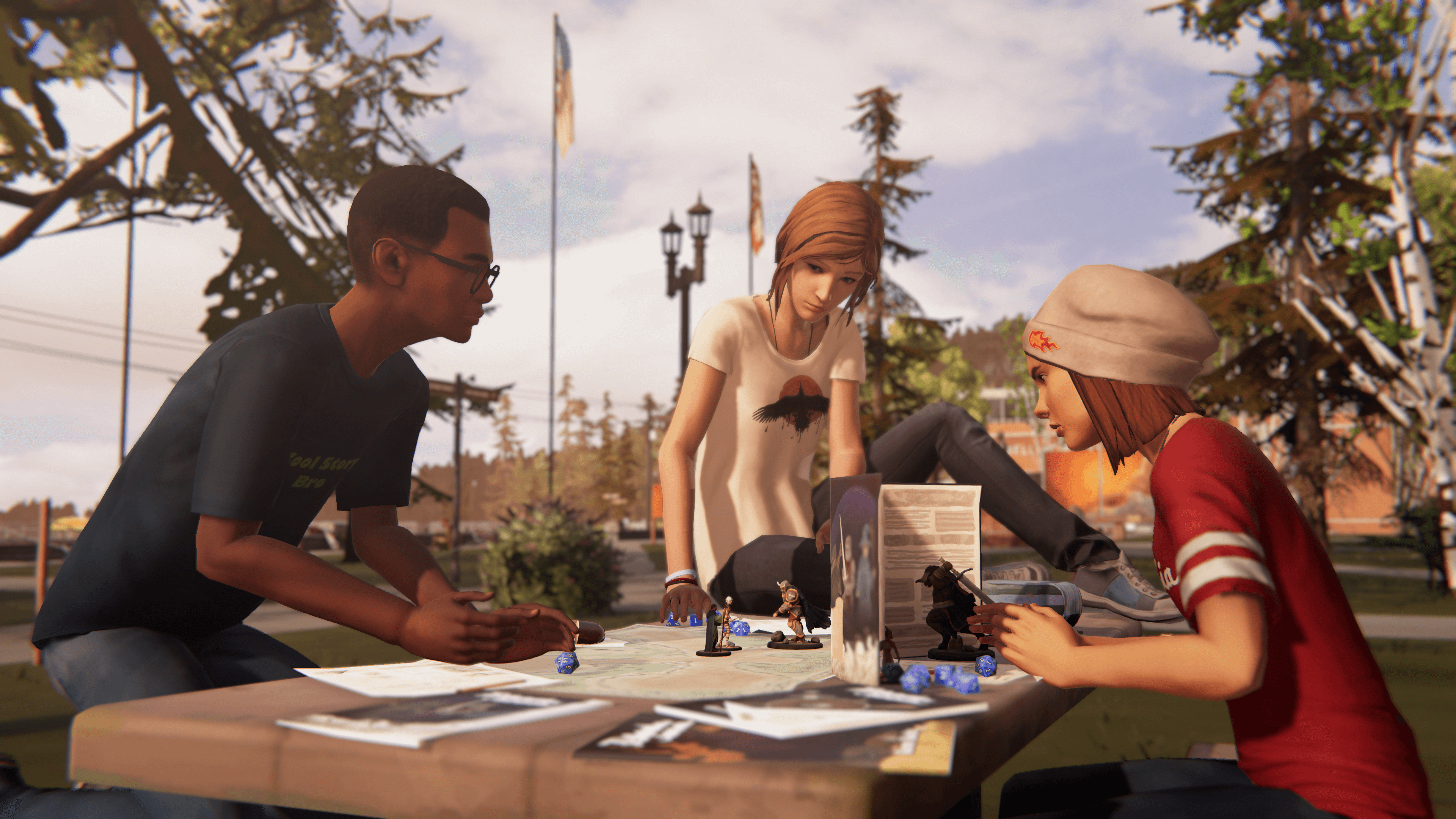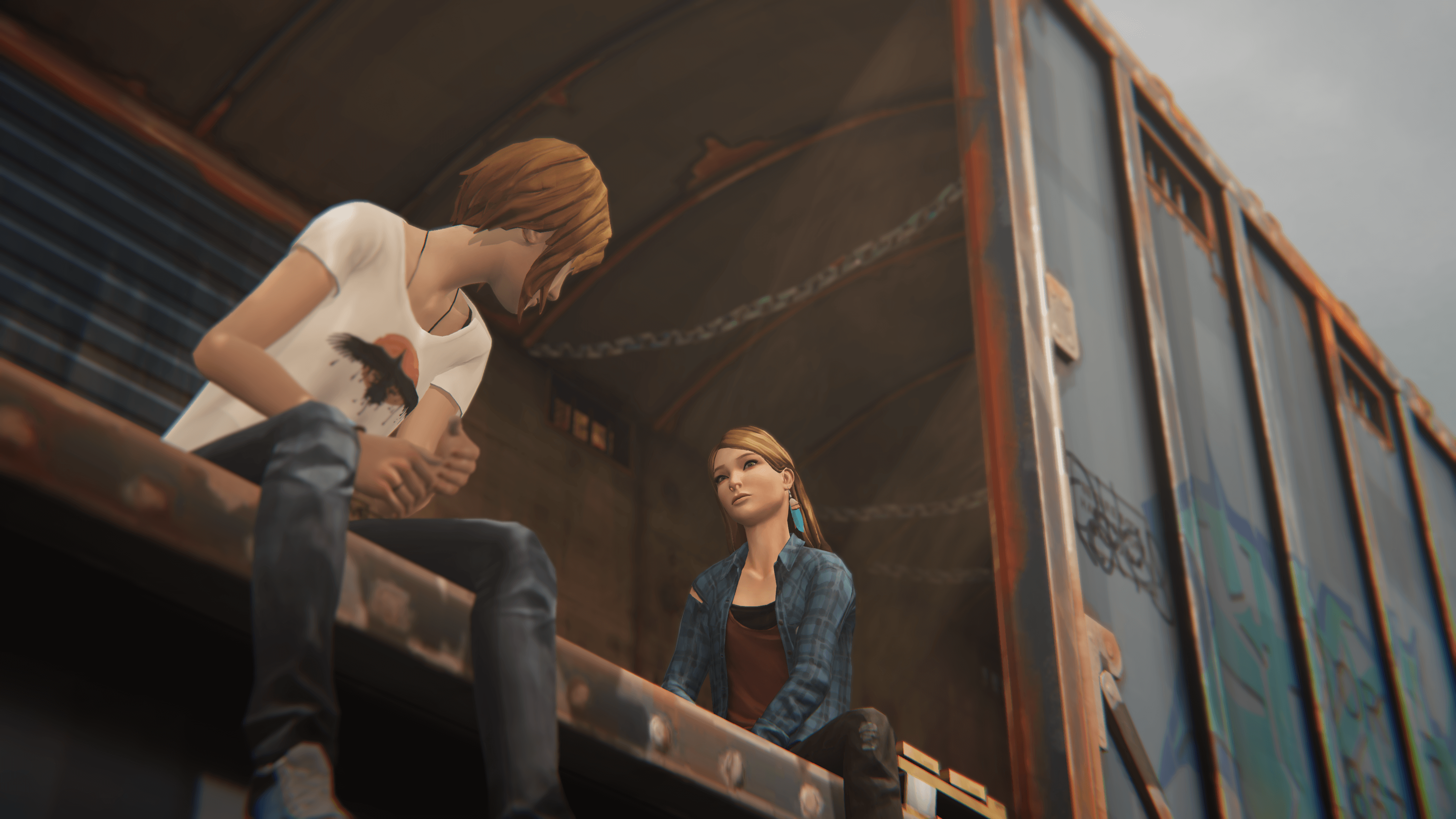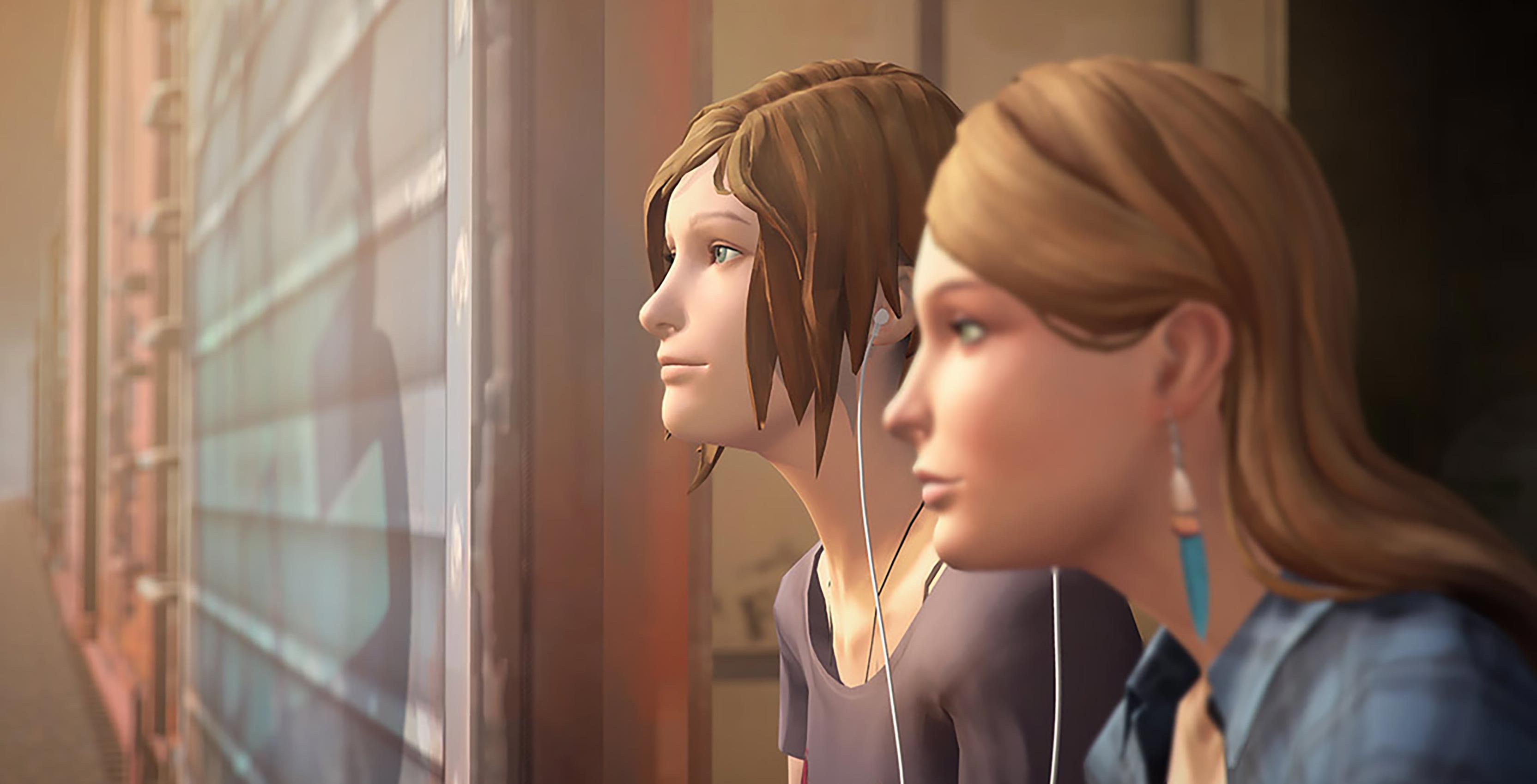
Prequel stories can often be a mixed bag. On the one hand, they give creators an opportunity to flesh out characters and lore in ways that can greatly enhance the original stories. On the other, they can fail to justify their existence and in some cases even tarnish the good aspects of what came before.
For that reason, there was some apprehension when publisher Square Enix announced a three-episode prequel series to Life is Strange, the acclaimed 2015 adventure series featuring the brilliant friendship of teenaged girls Max Caulfield and Chloe Price. Announced at Microsoft’s E3 2017 conference, Life is Strange: Before the Storm was revealed to focus on a younger Chloe as she meets Rachel Amber, the girl whose disappearance serves as the central plot point for the original game.
However, it was said the game wouldn’t be handled by original Life is Strange developer Dontnod Entertainment, but instead by Deck Nine Games, a studio best known for the Cool Boarders PlayStation snowboarding games. Ashly Burch, who gave a sensational career-defining performance as Chloe in the original Life is Strange, was sadly unable to reprise the role in Before the Storm due to the long-running SAG-AFTRA actors strike.
And many wondered what was the point of having a prequel focusing on two characters whose futures we already know so well. In the case of Rachel, in particular, Deck Nine was in a tough spot. How do you properly portray a character who had so much buildup the previous game without dropping the ball?
Part of Rachel’s allure was in hearing so much about a character that you never actually met. Therefore, It was easy to imagine a situation here like Anakin Skywalker in Star Wars, where the original trilogy hinted at the man who would become Darth Vader, only for the much-maligned prequels to completely fall flat in living up to that setup.
Thankfully, Before the Storm not only avoids any similar mishandling of Rachel, but it also does wonders for her character, with her relationship with Chloe being in some ways even more moving than the one between Max and Chloe in the original Life is Strange. Knowing how life is going to split them apart down the line lends their story a sense of tragedy not seen in most games.
You really come to understand why this is the ‘angel’ Chloe was desperate to find in the original game. Rachel is eminently likeable, with a charming, flirtatious personality that nicely contrasts Chloe’s somewhat abrasive, social-outcast persona. With her father dead, her best friend Max gone to another state and most people at school shunning her, Chloe feels more alone and depressed than ever when she meets the vivacious teen. There’s a great deal of raw emotion with Chloe, which I’m sure comes in no small part thanks to Burch being involved as a story consultant.
For Rachel, being one of the brightest and most popular girls in school means there are a lot of people who are fake around you, pretending to be friendly to move up in the social chain. She suspects that her seemingly idyllic family life may also be hiding a dark secret as well. With both girls looking for much-needed genuine connection, it makes sense that they’d take to one another so quickly. As with the original Life is Strange, though, the exact nature of the relationship between the two leads is up to player choice — are they best of friends, or something more? For me, their story was more compelling as a romance, and that’s how I ultimately had it play out.
While Max doesn’t make an appearance in this game (she’s still gone at this point), her presence is deeply felt throughout each episode. In conversations, Chloe often mentions how much she misses her former best friend, and going through her phone, you see that Max repeatedly ignored Chloe’s constant efforts to stay in contact.
She writes letters in her journal addressed to Max, too, going so far as to say she’d forgive her the second she returned. It’s heartbreaking to see the grieving Chloe pine for Max, only to be met with utter silence. She desperately needed her friend for support during this difficult time, and she simply wasn’t there for her — hence why Rachel coming into Chloe’s life is so essential. With all of this new context, their reconnection in the original Life is Strange feels all the more impactful.
This is also a prequel that has one thing over most others — it features a choice-driven story. Of course, you can’t do anything so major that it would mess up the series’ canon, but it’s fascinating to be able to see younger versions of characters you met in the previous game and make decisions accordingly. Knowing what you do about what will inevitably happen to certain characters, would you act any differently? I oftentimes found myself wanting to be more forgiving of the sometimes unkind things the athlete bullies or Chloe’s step-father would say or do because I knew that particularly hard times lay ahead for them. At the same time, these characters were doing things that could be pretty unforgivable, and I didn’t want to let them off the hook entirely.
Because Max is absent from the game, there is no rewinding time mechanic, which is actually to the game’s benefit in several ways. To start, it makes the story feel more grounded. Admittedly, the original Life is Strange could get convoluted at times due to the nature of time travel. Here, there are no such supernatural trappings, allowing Deck Nine to focus fully on Chloe and Rachel’s budding relationship.
Being unable to play around with time also means that your choices have more weight to them. While Max could get a glimpse of the short-term consequences of potential outcomes by letting them play out and rewinding back to before they happened, Chloe has no such luck. She can’t be as well-informed when making decisions, and therefore, she has to be more careful about what she says and does.
This is where the new ‘Backtalk’ mechanic comes in, which lets Chloe persuade characters by successfully choosing a series of correct dialogue options in a sort of verbal tug of war. You’ll have to listen attentively to what characters say and use what you know about them to figure out which responses will work best. In some cases, this can mean successfully winning a sort of “diss competition” with a bouncer to get into a party, while more serious cases can involve stalling someone while waiting for help to arrive. It fits Chloe’s character — thinking on the fly and running her mouth is definitely her thing — and can make for some nice tense moments. The dialogue is delivered very well by actress Rhianna DeVries, filling in for Burch as Chloe. Unfortunately, this feature becomes woefully underused later in the game.
While the core relationship between Chloe and Rachel is brilliantly portrayed, there isn’t really a strong overarching plot tying everything together until the latter half of the game. The driving force here is their promise to run away with one another, but that lacks the compelling immediacy of the intriguing mystery investigation of the first game.
Because of that, the final episode feels rushed trying to fit in all of the necessary story and payoff. Certain lingering school-related plot threads are brought up only to be hastily resolved or left dangling altogether.
One particular character, who was very friendly with Chloe in the previous two episodes, becomes borderline unhinged with her here, making his behaviour feel out of place and only there to serve up additional (albeit contrived) conflict. The story could have benefited from another episode to properly handle these subplots.
Thankfully, the game delivers where it counts and wraps up the central Chloe and Rachel storyline very well. Some third episode revelations make Rachel’s family life fall apart, and seeing Chloe wholeheartedly drop her own personal problems and do whatever she can to help her is immensely endearing. The game concludes with one of the most difficult and genuinely challenging choices I’ve seen in a game like this.
So much so, in fact, that the game told me that players were split 49-51 on it, a testament to how well-presented both sides of the argument had been.
This isn’t some magical time travel quandary — it’s a deeply human question of whether to tell someone a horrible truth that will upend everything they’ve come to believe, or tell a significant lie to try to spare a great deal of pain. There’s no right or wrong answer here, and it ends the game on an appropriately difficult note.
Life is Strange: Before the Storm is the rare prequel that gives you everything you loved about the original, while taking the series to new heights as well.
In a day and age of so many games featuring powerful adult male characters, the tale of two adolescent girls consoling one another in their grief and trying to find meaning in their lives is refreshingly poignant, heart-rending and wholly relatable. This life may be strange, but it’s absolutely one worth experiencing.
All three episodes of Life is Strange: Before the Storm are available for download now on PlayStation 4, Xbox One (with Xbox One X enhancements) and PC. It’s worth noting that the complete season is currently 30 percent off on all three platforms, costing $16.09 (on PS4 until January 2nd), $16.79 (PC) and $17.49 (on Xbox One until January 5th).
Image credit: Square Enix
MobileSyrup may earn a commission from purchases made via our links, which helps fund the journalism we provide free on our website. These links do not influence our editorial content. Support us here.


